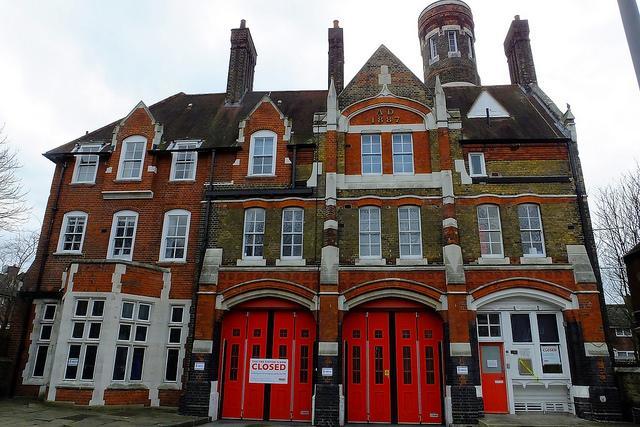How do you win an argument? By making sure all the people you're arguing with agree with you.
OK, we're being overly harsh with this reaction to the news that Boris Johnson wants to reduce the number of London Assembly Members and borough councillors on the London Fire and Emergency Planning Authority (LFEPA) and increase the number of Mayoral appointees. But given the bitter fight he had with LFEPA over recent fire station closures, it's easy to see an element of 'Eureka!' in this latest move from City Hall.
The suggestion originally came from a Department of Communities and Local Government report into the London Assembly, published last October. It said:
Assembly Members should concentrate on scrutiny, not serve on executive bodies that the Assembly scrutinises. The London Fire and Emergency Planning Authority, a functional body of the Greater London Authority, should not include Assembly Members... The Government should reconstitute the London Fire and Emergency Planning Authority along the lines of the Mayor’s Office for Policing and Crime, with a deputy Mayor for Fire and Emergency Planning and a dedicated Assembly committee along the lines of the Assembly’s Police and Crime Committee to scrutinise it.
As an interim solution, Boris Johnson wants to reduce the number of Assembly Members on the board from eight to six, the number of councillors from seven to five and increase the number of Mayoral appointees from two to six.
Given that LFEPA's fight to save ten fire stations (or rather, the left-leaning members of LFEPA, who currently have a majority) was scuppered by the discovery that failure to comply with a Mayoral directive would be unlawful, one could argue that the Mayor already has comprehensive control over London's fire service – though LFEPA was instrumental in keeping New Cross and Clapham fire stations open. But there is another argument that LFEPA is a strange anomaly in London's government, and that an eventual move to a system like the police authority MOPAC, currently presided over by a Deputy Mayor with an Assembly committee scrutinising activity, is inevitable.
Boris's role in overseeing the fire brigade and the loss of ten fire stations has been in the news after 83 year old Maurice Cunliffe died four days after suffering from smoke inhalation during a fire at his Woolwich home. Woolwich was one of the fire stations closed in January, and firefighters say had the station been open and an engine been available, they could have reached Mr Cunliffe's flat in five minutes (PDF). Crews were sent instead from Eltham, Plumstead and East Greenwich, the first arriving on scene seven minutes 42 seconds after mobilising (10 minutes after the call was placed); the fire brigade's target response time for the first vehicle is six minutes. Paul Embery, the Fire Brigade Union’s regional secretary for London, said:
"Firefighters who attended the scene performed magnificently, but when someone is trapped in a fire seconds count, and it’s reasonable to believe the extra time it took to travel a longer distance to reach Mr Cunliffe is likely to have been the difference between life and death."
Woolwich fire station by Ken from the Londonist Flickr pool





